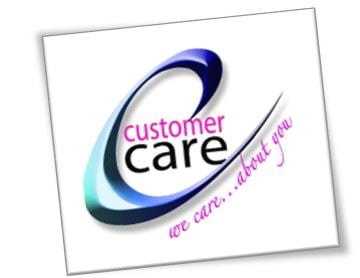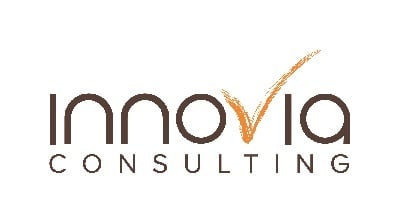
As a customer care agent for Microsoft Dynamics NAV and Business Central, I find myself on many versions and ERP environments throughout the day. I can’t help but notice the clutter on many of them. As I start the new year, uncluttering my home, office, and computer I can’t help but think about some things I can suggest to you regarding cleaning up your ERP’s and preparing the team for a successful new year.
- The Job Queue – a Microsoft Dynamics Business Central (NAV) feature that allows you to schedule the running of Reports and Codeunits. This is an area in Business Central (NAV) that I tend to see a lot of clutter and room for cleanup and organization. Below are the area’s to consider removing old obsolete items and better organizing the jobs you have running with use of this feature. Once you have completed this task I recommend you put it on your monthly cleaning list going forward.
- Job Queues – this is where the actual queues are setup
- Job Queue Categories – here you can setup different categories. You can then put a Job Queue into a category to allow for grouping and filtering
- Job Queue Entries – This is where the actual codeunit and reports that you want to run are configured as well as where you can put the required recurrence.
- Job Queue Log Entries – Here you will find a history of the Job Queue Entries that have been run.
- The Change Log - with the Change Log, we can log the Insert, Modify and Delete operation in the whole table or selected Fields to record any changes. What I see here is a very long and unnecessary list of log entries, and often items that once seemed important to track are no longer of interest to anyone in the company. This is a great opportunity to review items being tracked and making changes to only log items of relevance and delete some of that old history from the change log. There is a delete function, I recommend doing this purge after hours, and if you want to keep the history, exporting it to excel and storing it by month or year out in your SharePoint documents. As with the Job Queue, I recommend once you have completed this task putting it on your monthly cleaning list.
Some best practices for setting up and using the Change Log include:
- Don’t setup Change Log for all tables and all fields in table. While it is very easy to setup, it will have a huge impact on database size as each event from each user will be logged.
- Try to keep Change Log on selected fields of setups that impact your business, again to help manage the size of the database.
- Don’t setup Change Log on transaction tables like Sales Header and Line, Item Journal Line, or on Ledger tables like Item Ledger Entries or General Ledger Entries.
- Setup Change Log for setup Tables, and if you want it on transaction tables, then activate the Change Log for selected fields only.
- The Chart of Accounts – The New Year is a great time to review your Chart of Accounts, look for accounts that are obsolete and no longer used, consolidations, adding new accounts, use of dimensions, are your direct posting settings correct, are you using value posting with your dimensions and are the posting groups correct. The goal here is to clean up and organize to make sure your chart of accounts is providing accurate recording of your company’s transactions.
- The Number Series - is used to create records in Dynamics NAV with unique numbers. Unique numbers are assigned to data records automatically using No. Series. The new year is a great time to start with a new number series for your documents, some companies choose to use a new series yearly denoting the year at the front of the series, like 20_0123456. There is no wrong or right combination of numbers and letters for a series, but I recommend eliminating the letters and special characters where you can; the reason being with the availability to automate and use OCR recognition, companies tend to leave off those leading characters and special characters, and if you are using them in your ERP it will prevent you from completing tasks without having to make corrections to those incoming documents manually.
- Data Cleansing – take some time to review open sales and purchase documents and make sure they are still valid, if they are blank, complete or just expired it is time to take the appropriate steps to clean them up.
- Training – as you start out the year with a fresh budget, it is a great time to consider how much of your IT/ERP budget you will spend on training. Reflecting on areas your team was weak in last year and areas of Business Central (NAV) you are not using is a great place to start as you plan for your training opportunities. There are some good webinars, and live events out there to consider. At Innovia we provide a free Customer Conference for our clients each year with our World Class Team, ISV partners, and we also have a special guest speaker that participates.
I implore you, don’t overlook the best opportunities for training for your team right in your own offices. You have chosen to partner with a Microsoft Partner, hopefully a gold certified partner and they can provide you and your team with exceptional training tailored to your company’s business practices and processes. There is no need to spend thousands of dollars sending one person to a weeklong training session, when you can accomplish so much more for your whole company at a substantially lower cost. Most partners will also let you record these training sessions for your companies training library to use with new employees, department transfers, and as refresher courses.
As you consider the above new year opportunities to clean up your ERP, I remind you to first try them in your test database, always make a backup (just in case) and when in doubt or in need of assistance…reach out to your customer care agents. If you don’t have one, call me!
Your Business Central (NAV) Caretaker,
Holly Kutil
Innovia Consulting Customer Care Agent




